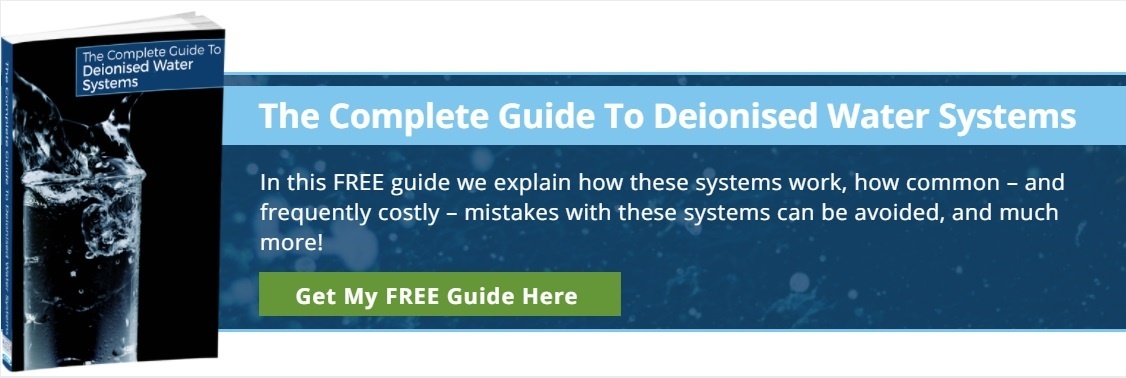.jpg?width=800&name=How%20the%20UK%20Achieves%20Some%20of%20the%20Safest%20Drinking%20Water%20in%20the%20World%20(1).jpg)
The UK’s drinking water is sourced from a huge range of rivers, canals, and underground reservoirs. Its water purification strategy thus needs to be multi-pronged, addressing each source’s challenges on a day-to-day basis. UK tap water is, nonetheless, one of the purest in the world. England, Wales, and Scotland all achieved nearly 100% quality compliance in 2018, but safety isn’t enough. Local water must also be free of safe organisms that mar its taste and clarity. It must also be rich in important minerals that are difficult to source through a healthy diet.
Chlorine
The Drinking Water Inspectorate has consistently found UK tap water to be low in chlorine at below 5mg a litre. This World Health Organisation benchmark ensures that ordinary households don’t need to filter their drinking water.
Quality At The Source
The purer the water source, the safer the water, so the Anglian Water region is managed with the cooperation of farmers, who are required to keep toxic chemicals out of water sources. Surface water run-off will probably never be entirely free of pesticides and the like, but this rung of the water safety ladder reduces the overall costs of filtration.
Water Parameters
To avoid cross-purposes, the Drinking Water Inspectorate is an independent regulator, supported by the Department for Environment, Food, and Rural Affairs. It keeps water within the parameters that have been set for every microbiological and chemical concentration limit. Limits have also been created for colour, taste, and turbidity.
Water Source Treatment
Raw water must undergo several treatment stages before it reaches your taps. Groundwater’s treatment needs are relatively undemanding, but surface water is more challenging, so it needs to be passed through several purification steps before it’s guided to storage reservoirs. At this point, abstracted water is mixed with held water, diluting contaminants. Lengthy storage times have their own positive effects, allowing debris to settle and bacteria to die off.
Clarification & Filtration
Chemical coagulants bind suspended silt and mud to form a floc, which makes it easier to physically remove sediment. Slower sand filters refine that process, trapping any organic material that’s been left behind. Finally, micro-organisms are filtered out more thoroughly. This process doesn’t remove all unwanted compounds, so a multi-stage aeration and treatment strategy is put into practice to remove iron, hydrogen sulphide, and similar biological materials.
Activated carbon takes care of microbes and pesticides, then ozone is used to break down leftover material. The disinfection process relies heavily on chlorine, which is dosed just before water is fed into the supply. Ammonia acts as a final disinfectant and is an important stage for water that must remain safe over long distances.
Request A Quote
This thorough process gives industrial and commercial manufacturers excellent potable water throughout the year. To find out how you can save money on your potable and feed water purification process, please request a quote today.











 We are a specialist independent company involved in water purification and water treatment technologies
We are a specialist independent company involved in water purification and water treatment technologies


